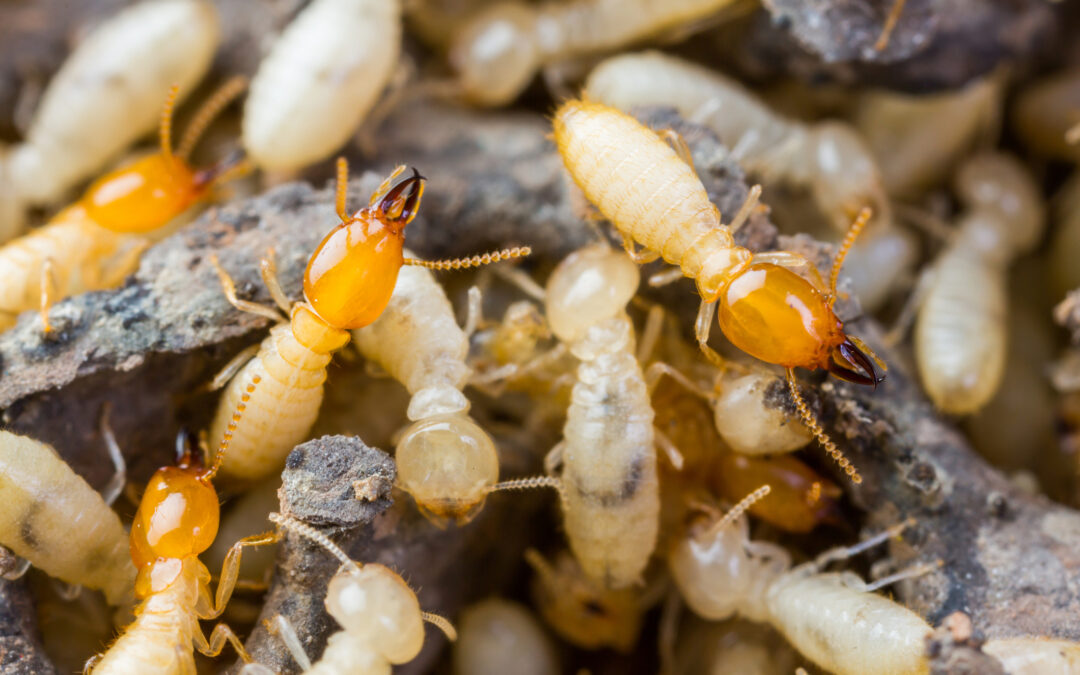Drywood Termites: Why They Are More Than Just a Nuisance

A photo of different medicinal drugs, tablets and pills on blue background.

Termites are tiny insects that can cause significant damage to homes and buildings. While subterranean termites are often the main focus when it comes to termite infestations, drywood termites should not be underestimated.
These pests can wreak havoc on wooden structures, making them more than just a nuisance. In this article, we will explore the reasons why drywood termites are a serious problem and discuss their destructive capabilities. Also continue reading the post to know why is drywood termites a pest?
1. Overview of Drywood Termites
Drywood termites belong to the family Kalotermitidae and are known for their ability to live and thrive in dry wood without the need for soil contact. Unlike subterranean termites that build mud tubes, drywood termites infest wood directly. They can be found in various regions with warm and dry climates, making them a common threat in many parts of the world.
2. Damage Caused by Drywood Termites
Drywood termites are notorious for causing extensive damage to wooden structures. These pests feed on cellulose, which is abundant in wood, and can consume it at an alarming rate. As they tunnel through the wood, they create intricate networks of tunnels and chambers, weakening the structural integrity of the infested material. Over time, this can lead to significant damage and compromise the safety of the affected structure.
3. Signs of Drywood Termite Infestation
Detecting a drywood termite infestation can be challenging as these pests often remain hidden within the wood. However, there are several signs that homeowners should look out for, including:
- Presence of small, pellet-like fecal pellets known as “frass” near wooden structures.
- Discarded wings of swarmers (reproductive termites) around windowsills or light fixtures.
- Hollow-sounding wood when tapped.
- Small holes or tunnels in wooden surfaces.
- Accumulation of sawdust-like material, indicating termite activity.
4. Challenges in Treating Drywood Termite Infestations
Dealing with drywood termite infestations can be particularly challenging due to their secretive nature. Unlike subterranean termites, drywood termites do not rely on soil for survival, making traditional soil treatment methods ineffective.
Localized treatments, such as spot-treating infested areas or using termiticide foams, are often employed to control these pests. In severe cases, fumigation may be necessary to eliminate the infestation entirely.
5. Importance of Professional Inspection and Prevention
Given the potential damage caused by drywood termites, it is crucial to seek professional inspection and preventive measures. Professional termite inspectors are trained to identify signs of infestation that may go unnoticed by untrained individuals.
Additionally, implementing preventive measures such as regular inspections, sealing cracks and crevices, and treating exposed wood surfaces can help minimize the risk of drywood termite infestations.
Conclusion
Drywood termites pose a significant threat to homes and buildings, going beyond being just a nuisance. Their ability to cause extensive damage to wooden structures highlights the importance of early detection and effective treatment.
Homeowners should remain vigilant for signs of infestation and consult professional termite control services to address any issues promptly. By taking proactive measures, individuals can protect their properties from the devastating effects of drywood termites and maintain the integrity of their structures for years to come.







